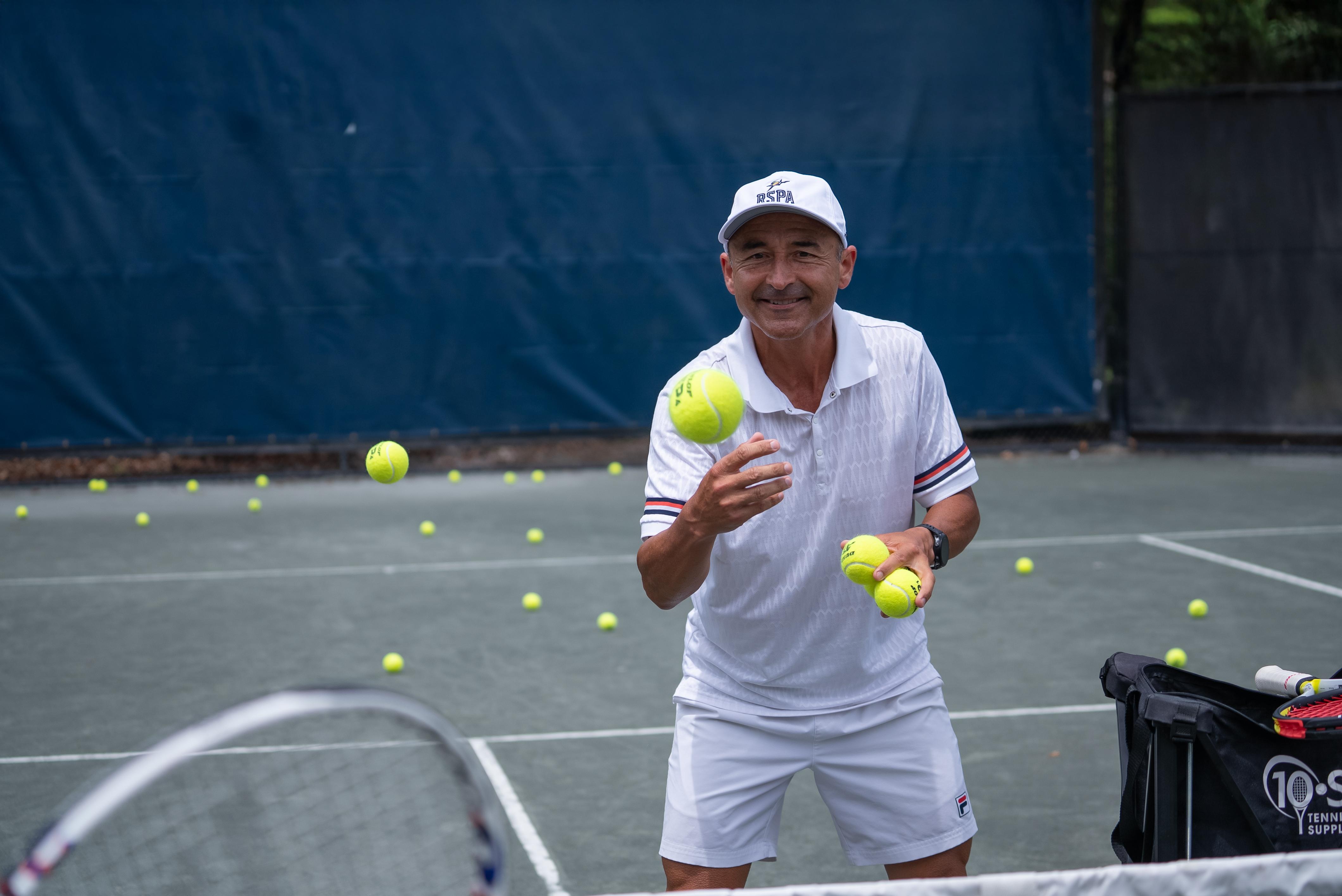




When you think of brands that define their product category, you think of some great ones: Kleenex, Xerox, Vaseline, Google, Uber, Band-Aids and Tupperware. Let’s also add the Racquet Sports Professionals Association to that list. Founded in 1927, we have been the higher standard in certification and career development. What strikes me about this is we didn’t just start an association; we founded a category that is ubiquitous with professional tennis (and now additional racquet sports), teaching and coaching.
We don’t confuse a sign-up with qualification.
If you have read this far, I am most likely preaching to the choir, but as the only organization certifying professionals across five racquet sports (tennis, pickleball, padel, squash and platform tennis) we are uniquely positioned to lead the future of our industry.
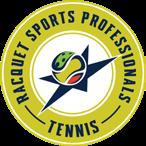



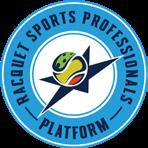
That future will be under the banner of “The Hire Standard.”
Brian Dillman | RSPA CEO

ed. Thank you for standing with us—and for everything you do to lead our profession forward.
Our bold founders made this innovative decision because they saw a gap in the market, an opportunity to professionalize a fast-growing sport and to monetize a new profession. Jump to 2025, our markets are exploding and the need for professionalization is higher than ever. For that past 100 years, we have been known as the certification gold standard. We didn’t get here by chasing trends or handing out participation awards. We got here and are staying here because we develop serious professionals who lead with purpose.
From my first day on the job, I have said we need to elevate the prestige of our industry, make it a highly desirable place to work and pursue a meaningful career. I have learned, over the past 18 months, that we are still fighting against the other side of the industry who doesn’t care about quality, doesn’t care about higher standards and who doesn’t take the career seriously. How do we expect to recruit new members into our industry and show them a fulfilling and rewarding career if half of our industry is unregulated? Why are other entities lowering the bar and their standards? Is it to increase numbers on a PowerPoint presentation in a board room?
The new campaign we are rolling out this summer captures so much of our essence and our thought that only those who believe in more will drive our industry forward. “The Hire Standard” is not just what we expect of ourselves—it’s what the industry should expect from a professional. It’s how we define excellence. It’s how we ensure racquet sports has a future led by people who are prepared, passionate and proven. They’ve earned their place—not through shortcuts, but through commitment, training and raising the bar. They are trained, tested and trusted professionals who run every corner of our industry. That hire standard means we don’t offer participation trophies. We offer the tools, professional development and trust that defines a real professional. If you want a credential, there are easier and cheaper options. If you want a career, you’re in the right place and we are proud to have you on board with us. We’re just getting start-
With our industry changing so quickly, who are you going to look to for the latest trends, facts, data points and tools to help you grow your business today and build your career for tomorrow? There is no larger network in the racquet sports industry than the RSPA and as Allistair McCaw said recently, “Your network is your net worth.” Think carefully about that statement. How do you define your net worth? Cash in the bank or people you can reach out to when the going gets tough or you need to lean on a friend or peer for support. The latter is so much more fulfilling and every conference I visited over the past 18 months confirms the network of the RSPA is “The Hire Standard.”
My wife and I were reminiscing about when we met and when she said, “yes,” (great day for me over 34 years ago). I reminded her that at the time I was an assistant tennis professional. Did she think that was an ok profession for her to marry in to and what did her parents think? She said yes emphatically, because she (and they) saw the impact tennis (racquet sports) professionals had on people’s lives young and old and how they could develop a “real” business and very nice lifestyle for our family. From my first day in this role, I talked about all of us being proud of what we do and why we do it. Thanks to my wife’s memory, my pride in our profession is bursting and believe it is our duty to recruit and spread the word.
Best in Racquets,
Brian Dillman RSPA CEO



The racquet sports industry has changed tremendously and it continues to evolve. Before going further, it is vital to differentiate between mission/role of the RSPA and that of the USTA.
Stopping short of calling it a mission, the USTA has made it a defining goal to reach 35 million tennis players by 2035. RSPA professionals, through servicing their members and clients, will play a key role in helping to increase the number of tennis players. But the RSPA does not exist to increase the number of players; it exists to serve the needs of ca-
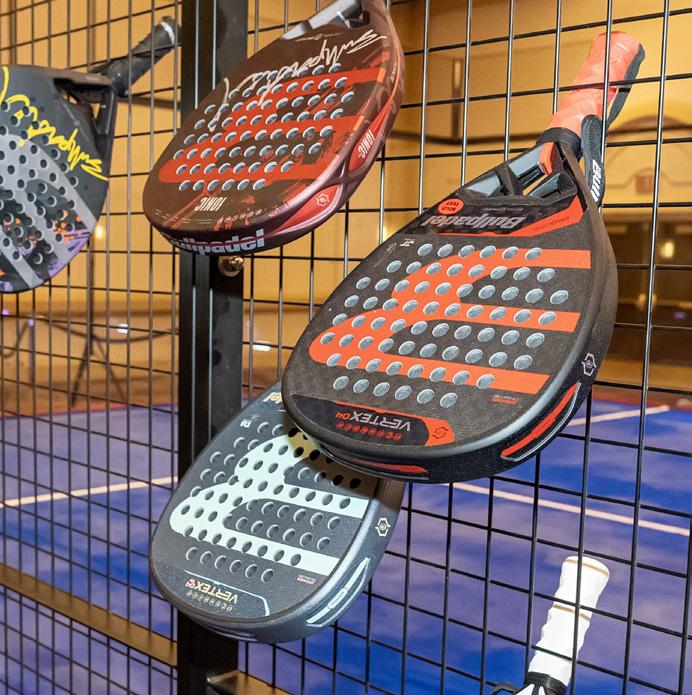
reer-minded racquet sports professionals. RSPA places its professionals and their needs at the center of what it does.
Notwithstanding the above, having more racquet sports players is good for the RSPA and its members. According to research, the number of individuals playing racquet sports has increased by over 25% since 2019 and is now over 106 million worldwide. This growth presents substantial opportunities for RSPA as we expand into international markets. More importantly, within the U.S., where most RSPA members live, consumer spending on racquet sports is expected to increase by more than 7% by 2030. Increases in consumer spending and the number of
players bodes well for RSPA members.
The increasing popularity of complimentary racquet sports in the U.S. present added opportunities for RSPA professionals. For example, in 2023 the number of pickleball players in the U.S. had increased to over nineteen million, which is a fourfold increase over the 2019 figure. To meet this demand, RSPA has trained more coach developers and is offering widely available certifications to prepare our members to serve the needs of their pickleball playing clients.
Padel is enjoying rapid expansion worldwide and now boasts over thirty million individual players. Domestically, over forty states now have padel courts, and its expansion will increase as the Premier Padel Tour begins to offer top tier professional competition in the U.S. in 2025. With padel’s growing popularity, the RSPA is well-placed to educate professionals on meeting player and facility needs through its certification and educational programs.
Platform and squash are also experiencing increases in popularity, and squash will be included in the 2028 Summer Olympics in Los Angeles, which is amplifying excitement for the sport.
So, what does this all mean for current and aspiring racquet sports professionals?
First, financial and career opportunities abound as the demand for certified and skilled racquet sports professionals continues to rise.
Second, there will be an ever-increasing need for high quality continuing education, mento-
Kevin Theos, RSPA Vice President, RSPA Elite Professional


ring and networking opportunities for racquet sports professionals. Through certification, continuing education and especially its enhanced career services, the RSPA will continue leading the way in helping skilled racquet sports professionals thrive in their careers.
These are exciting times, and I invite you to be curious and explore racquet sports outside of your comfort zone. You may find that the instructional techniques and drills in these other racquet sports inspire you to try innovative approaches in coaching your primary sport. If nothing else, you will gain an appreciation for how millions of people worldwide have come to love of such a diverse array of racquet sports.

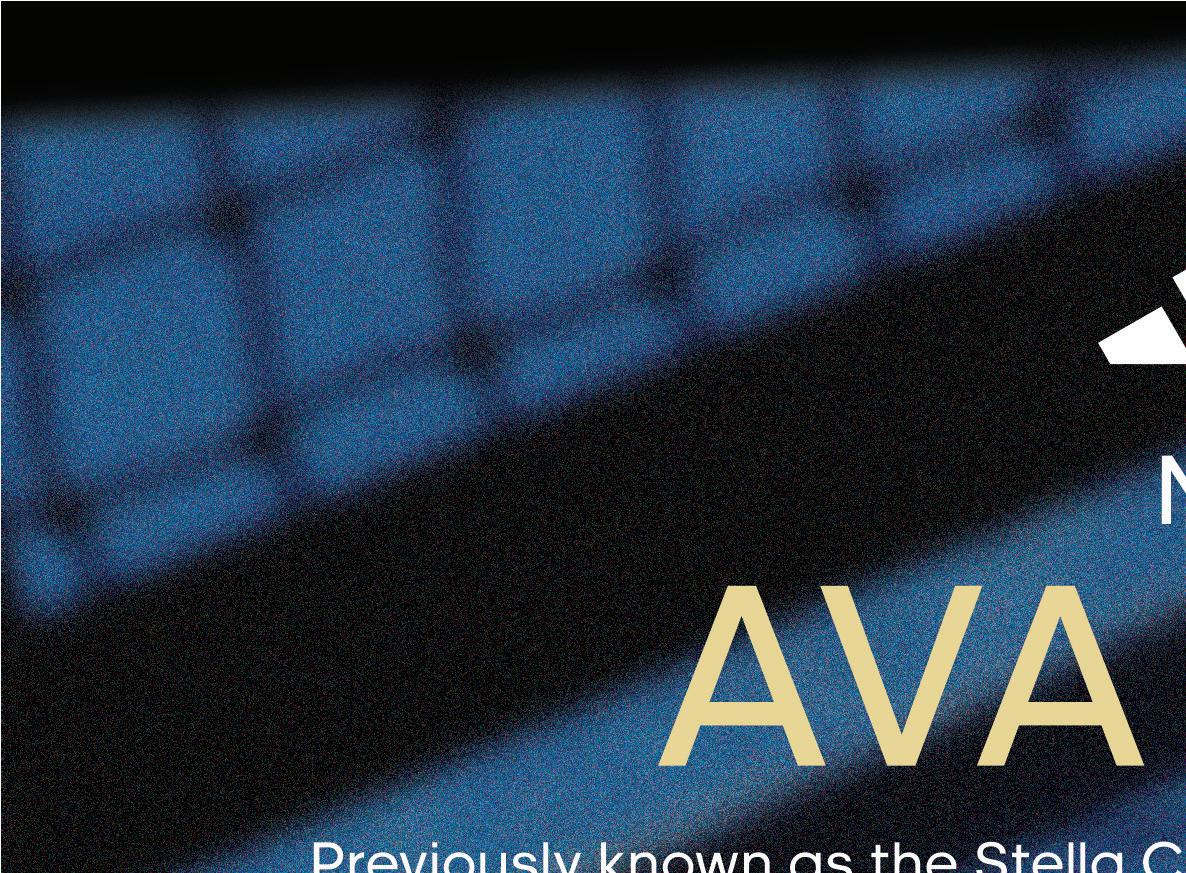








Gary Cimperman, RSPA Elite Professional, Owner, Cimperman Tennis Academy
Camp has never been an activity, but rather a feeling. The state of mind that so pervades us as youth in the hopes that summer will never end. That sense of camaraderie amongst family and friends around the campfire. The longing that emanates from deep within as we look through the back of the car window trying to get one last glimpse of what we will inevitably do again the same time next year…camp.
For as long as I can remember, camp has been a part of my life. So much so in fact that even after earning the rank of Eagle Scout with the Boy Scouts of America, the first memories I often recall revolve around Custaloga Camp, our home base each summer nestled in the woods of Western Pennsylvania. Now as a full-time tennis professional and after sixteen years in the industry, I have run my fair share of summer tennis camps for kids. Camp can be a valuable tool not only for growing a business, but your staff and yourself, as well. Here are some of the most valuable lessons I have learned as a summer camp coach.
More than any other aspect of the tennis business, camp demands a higher level of trust than that of your membership. Throughout the other nine months of the year, parents and guardians are typically still on-site, or perhaps down the street getting a coffee, or working out in the gym upstairs. But always within earshot or a safe distance away. Once summer arrives, you ask parents to trust you for upwards of six hours, perhaps at different locations, with dozens of kids in an open environment. You can be sure these same parents will have many more questions that you will have to answer. Being prepared with a set of policies and procedures regarding camp safety and a thought-out itinerary will help raise that level of trust on your behalf.
Summer is a grind: multiple courts, multiple levels, multiple activities, outside third parties, larger staff, inclement weather. With all these moving parts, something is bound to go awry and often does. How will you respond to the situation best? What procedures are in place for your staff to react to a problem? You can’t think of everything; however, you can remain
calm, collect as much information as you can from all sides, consult with your leadership team, and present a unified decision to all involved. Never rush to judgment. Realize that you don’t have to solve every problem on your own. It’s okay to depend on the team around you.
Not a week goes by where someone does not proclaim, “Gary, you have the patience of a saint!” While I always appreciated the sentiment, I did not always truly understand what I was doing to receive it. Looking back, by and large, camp is not just juniors, but 10-and-under. That means chaotic, loud, rambunctious behavior. Do not lose your cool! It’s a long day. A long week. A long summer. Take a breath and don’t be too quick to anger or judgement. When the kids tire themselves out and fall asleep on the way home from camp, your tennis parents will not be able to thank you enough!
Summer is a chance to let our hair down a little and infuse a little more fun into what we do. Relax a little. Warmup differently each day with different games? Maybe start the morning by playing camp-wide team activities. Play more matches and point situations in the afternoon. Perhaps organize activities off the court such as soccer, basketball, or other racquet sports such as pickleball and padel. Maybe a bus trip to a professional tennis tournament? There are an infinite number of ways to instill a bit more fun into the camp atmosphere.
Junior players may very well be spending up to 25 hours a week on court with you in the summer. Yes, ball striking is important, but camp is a great setting to work on more subjective and abstract material like mental toughness, tactical
elements, nutrition, physical fitness, journaling, stretching and injury prevention. Take the time to address these other competencies. Once fall rolls around, you will not have the same amount of time to do so.

Nothing in tennis development happens in a vacuum. A solid 10-and-under program sets the foundation for 11-18 yellow ball. Junior Team Tennis can serve as a steppingstone towards higher level tournaments. Additionally, a great camp experience can serve as a foundational piece to sell your after-school Fall programming.

Your target audience is right in front of you in July and August. Have your flyers, email blasts and social posts ready to go to promote September. You see the tennis parents every day in the car line or at the pickup point. Engage with your client base and remind them that additional opportunities to train are scheduled for after Labor Day. Don’t wait until the last week of camp to create a fall marketing strategy!
Camps can have a lasting impression on junior tennis players. They will
think back on their experience and bring it up in conversation with others. Kids will often compare one camp with another, sharing memories and swapping stories, along with divulging their perceived obtained value. Do not take summer tennis camp lightly! Whole academies— staff and membership, alike—can grow when a little extra care and attention is given to the camp experience.


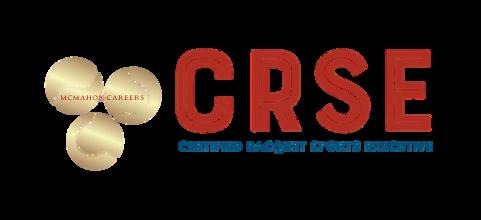
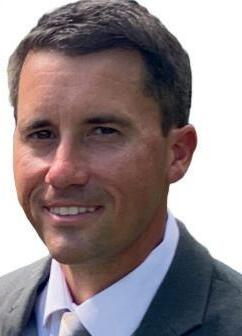

*Check Certification Calendars on RSPA.net for the most up-to-date information
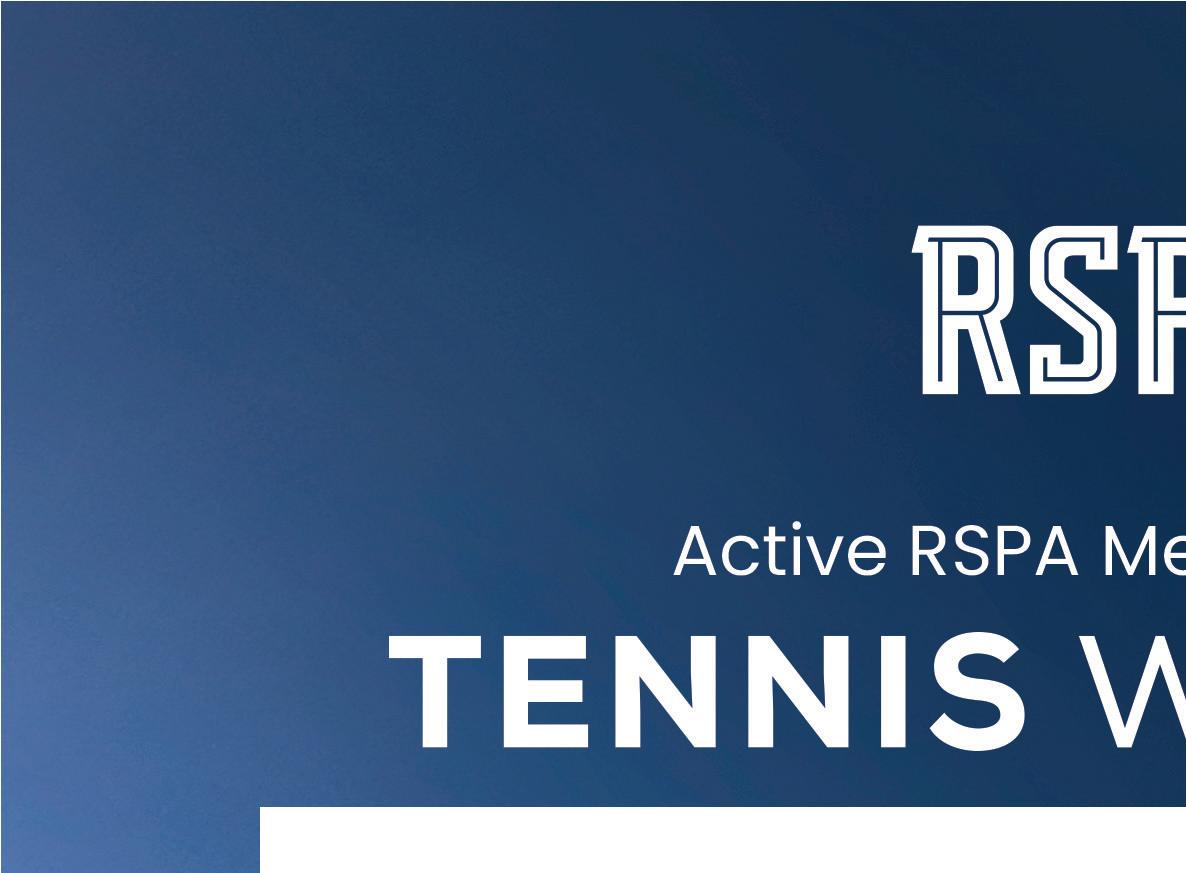

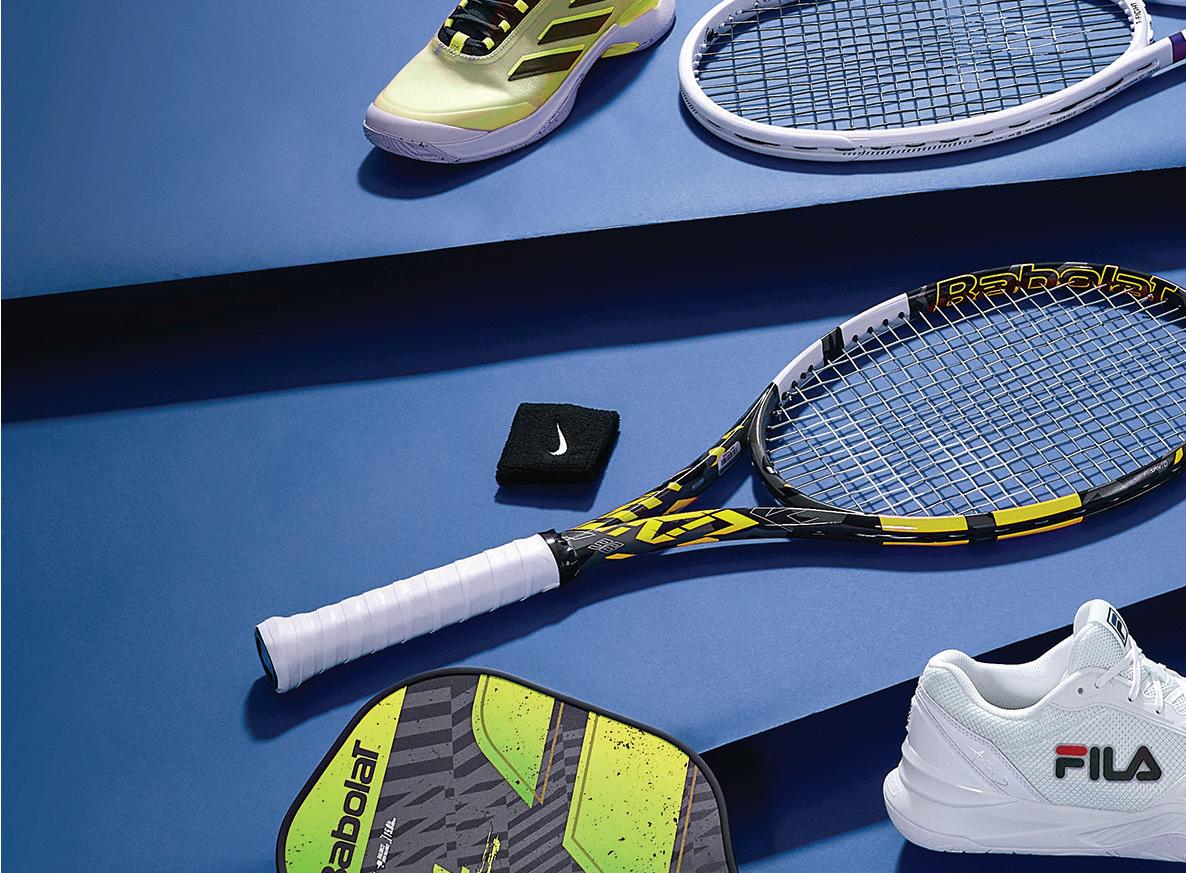




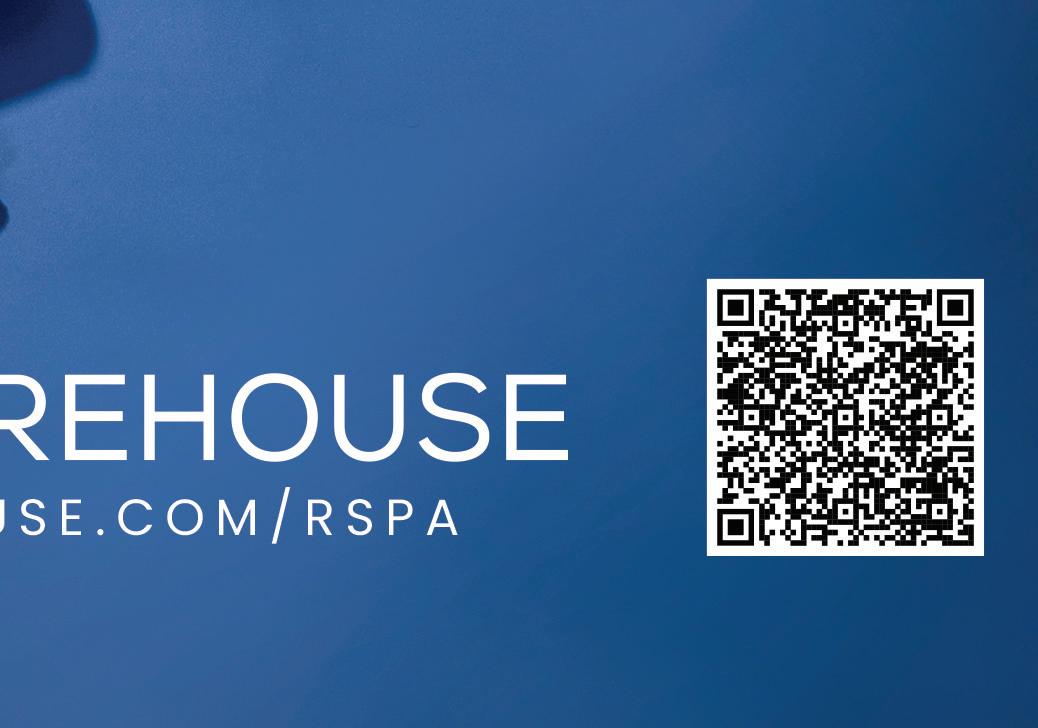

PHOTO CREDIT: Fred Mullane, CameraWorksUSA
Nothing matters more to the wellbeing of professional tennis than riveting rivalries. They are the lifeblood of the sport, making fans more passionate and engaged, forcing the players involved to reach back with all of their resources to meet the demands of succeeding against someone of similar stature and the same level of determination. Rivalries bring out the best possible brand of tennis, inspiring legions of fans who line up behind one champion or another and support that player unabashedly.
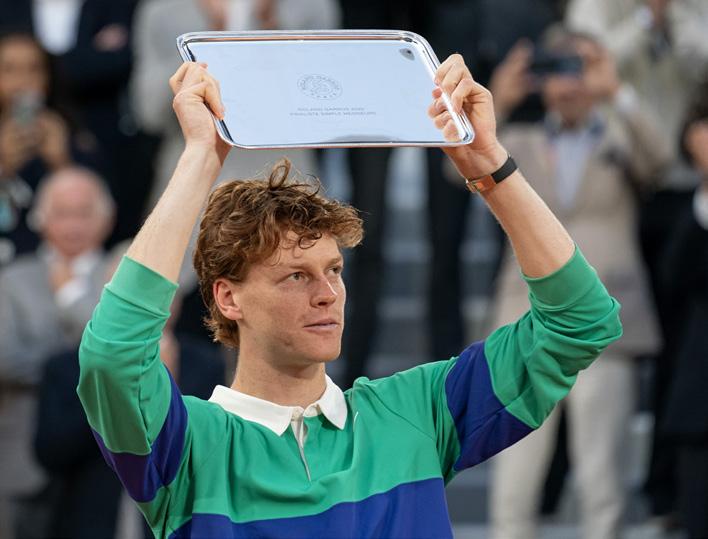
The latest rivalry lighting up the tennis community is the one between the charismatic Spaniard Carlos Alcaraz and the stoical Italian Jannik Sinner. Sinner will be 24 in August and Alcaraz turned 22 in May. If all goes according to plan, they will be competing against each other in matches of immense consequence for another decade and beyond. They are currently the two best players in the world, and heading into Wimbledon
Alcaraz and Sinner had split the last six Grand Slam titles between them.
These two dynamic performers have played some
stupendous contests against each other, including a crackling five set duel in the quarterfinals of the 2022 U.S. Open that Alcaraz salvaged from match point down on his way to winning a first major title. They have collided on clay, hard and grass courts, indoors and out, in all kinds of conditions. But their recent skirmish at the French Open was their most consequential showdown yet. It was one of the five best matches I have ever witnessed, close behind confrontations like Rafael Nadal stopping Roger Federer in the Wimbledon final of 2008, Bjorn Borg toppling John McEnroe in the Wimbledon final of 2008, Ken Rosewall overcoming Rod Laver in the WCT Finals at Dallas in 1972 and Novak Djokovic eclipsing Federer in the Wimbledon final of 2019.
Alcaraz and Sinner put on a scintillating show at Roland Garros. After Sinner recovered from a break down in the first set and won nine of the next twelve games to lead 6-4, 5-2, the Spaniard took the second set into a tie-break, but Sinner shined in that sequence and fashioned a two set lead over his foremost adversary.
Alcaraz rallied to win the third set but Sinner resumed his mastery in the fourth. Alcaraz found himself in a dark corner, serving at 3-5, 0-40, staring at triple match point against him. Somehow he escaped and eventually secured the set before surging to a 5-3 lead in the fifth set. Now Sinner was seemingly on his way to defeat, but with some of his best ball striking of the match, the slender Italian captured three games in a row and moved within two points of victory with Alcaraz serving to stay in the match at 5-6, 15-30.

Sinner missed a routine forehand on that critical point. Alcaraz held on to force a super tie-breaker, and the Spaniard soared to a level so high that no one in the world could have stopped him. Alcaraz won this jewel of a tennis match 4-6, 6-7 (4-7), 6-4, 7-6 (7-3), 7-6 (10-2), in five hours and 29 minutes. Having lost four of his first seven career clashes with Sinner, Alcaraz defeated the Italian for the fifth time in a row on the Parisian clay. Sinner was striving for a third Grand Slam title in a row and a fourth major overall, but Alcaraz claimed a fifth “Big Four” championship instead, demonstrating that he is one of the great clutch players in his profession by raising his record in five set matches to 13-1. Moreover, this Roland Garros triumph gave Alcaraz a 5-0 record in major finals. Whenever an epic title round encounter like this one is completed, the impact is felt far and wide out in the court of public opinion. Sports fans who ordinarily pay little attention to tennis find themselves fully immersed and exhilarated. In this case, Alcaraz was the more familiar of the two combatants because a good many American sports fans witnessed the Spaniard securing his first Grand Slam title at the 2022 U.S. Open, and have followed him avidly ever since. Sinner’s heroics over the last year have raised his stature considerably.
Alcaraz is a player who makes it his business to connect with the fans, to show them he needs their affection and wants their appreciation. Moreover, he is such a flamboyant shotmaker that he often brings the fans to their feet with shots flowing so naturally off his racket. This young man is a crowd pleaser of a rare ilk, a supreme entertainer and a showman who understands that tennis is still a serious pursuit and the center of his life. But, perhaps more than any other player in the modern era, Alcaraz has his heart set on turning the tennis court into a stage to explore his talent creatively. Having fun while at work is an Alcaraz priority.
Sinner is by nature an internalizer. He does not play to the crowds or look to be an entertainer. He is an earnest craftsman who’s uncomfortable calling attention to himself. But I have a feeling Sinner will become a bit more emotive in the years ahead if he recognizes that this would serve him well as a competitor. He won’t go overboard or go against the grain of who he is, but Sinner inevitably will make some concessions to the
fans and encourage them with more fist pumping to get behind him.
The timing of Sinner’s ascent alongside Alcaraz— and the growing importance of their rivalry— is ideal for the sport. Federer was the first of the “Big Three” to retire in 2022. Nadal wrapped up his career at the end of 2024. The mighty Djokovic remains formidable but might put his racket down at the end of this year. The rivalries Djokovic celebrated with Federer and Nadal transcended tennis for the better part of two decades.
Between 2004 and 2019, Nadal collided with Federer on 40 occasions and was victorious 24 times. Federer took on Djokovic 50 times from 2006-2020, with the Serbian winning 27 of those clashes. And Djokovic played Nadal in 60 matches between 2006 and 2024, with the Serbian finishing on top 31-29. These were three powerful personalities who kept audiences everywhere enraptured with their enduring excellence.
Now Alcaraz and Sinner have become central figures in the world of tennis and their rivalry is steadily
capturing the imagination of fans from every corner of the globe. The tennis they produced in Paris was almost out of this world at times. They forced each other at Roland Garros to find a lofty level neither man could have envisioned. Sinner is a masterful percentage player and both his game and his point of view contrast sharply from that of Alcaraz. Their matches are often the stuff of dreams but both players are entirely realistic about what it takes to win against each other, and how much effort will be required to realize their largest goals.
Alcaraz and Sinner are two first rate fellows who will frequently confront each other in the finals of majors as they make history of the highest order. Tennis is very fortunate to have them in the forefront of the game.



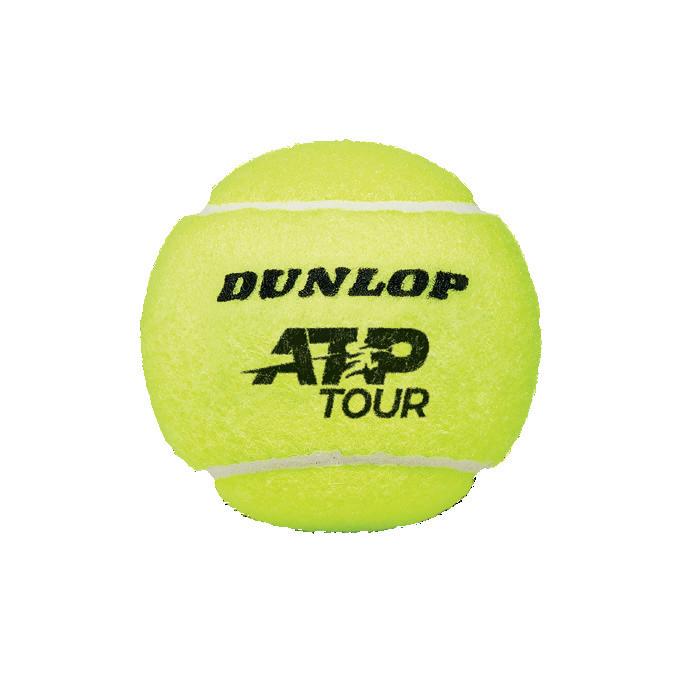

NOW MORE SUSTAINABLE PACKAGING
SAME GREAT PERFORMANCE

RECYCLABLE PAPER LID


RECYCLED PAPER LABEL
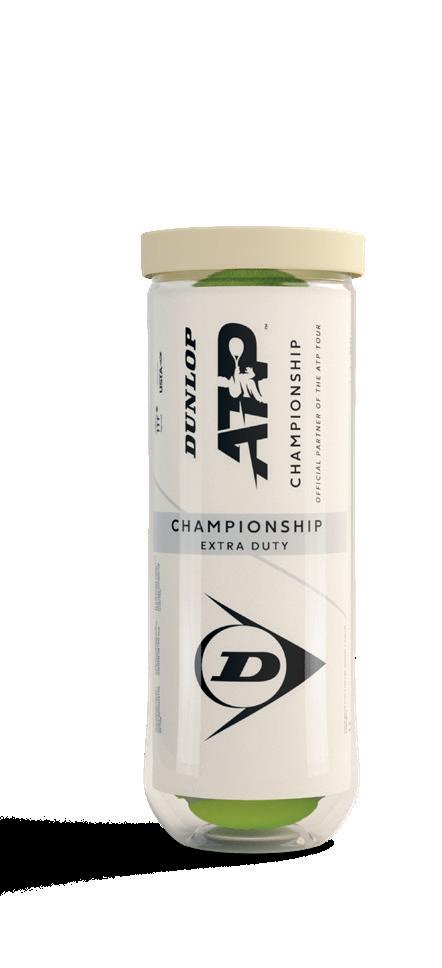

FROM 30% RECYCLED PLASTIC




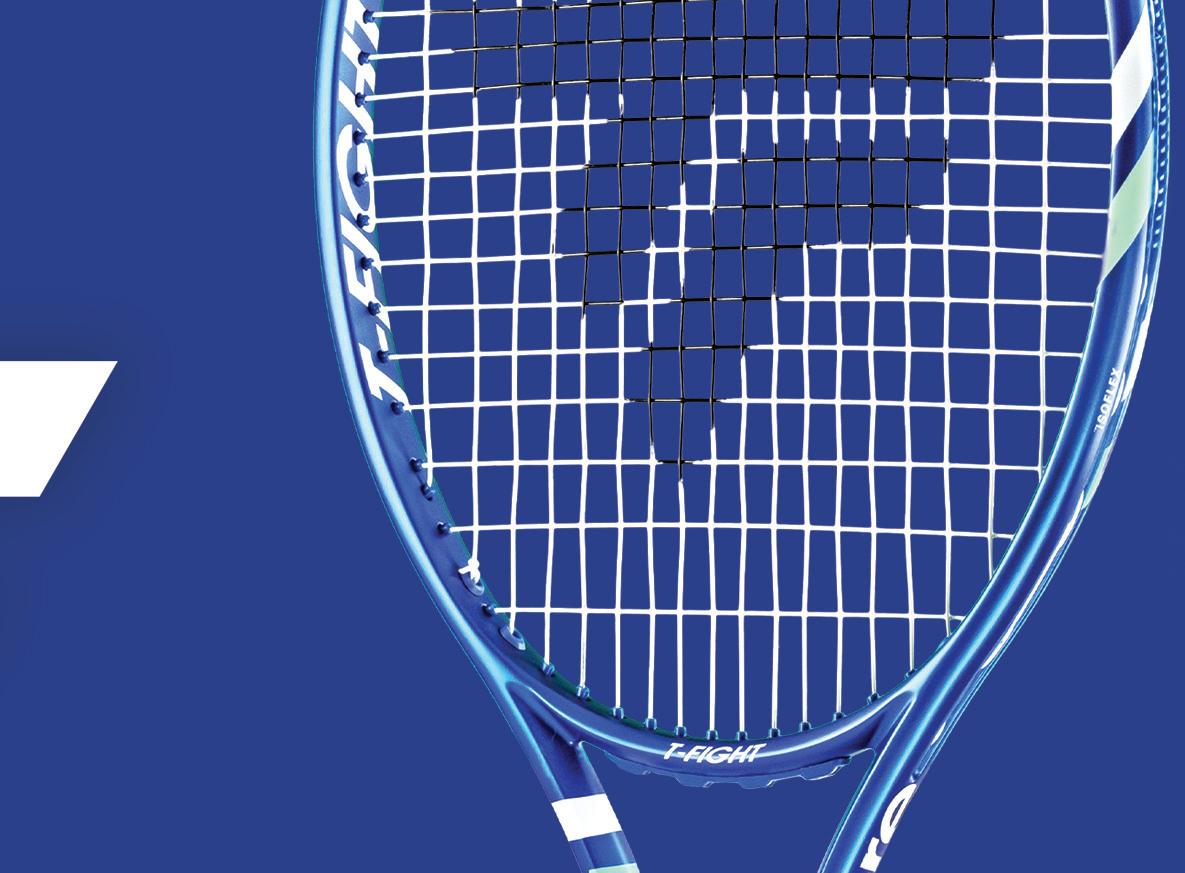
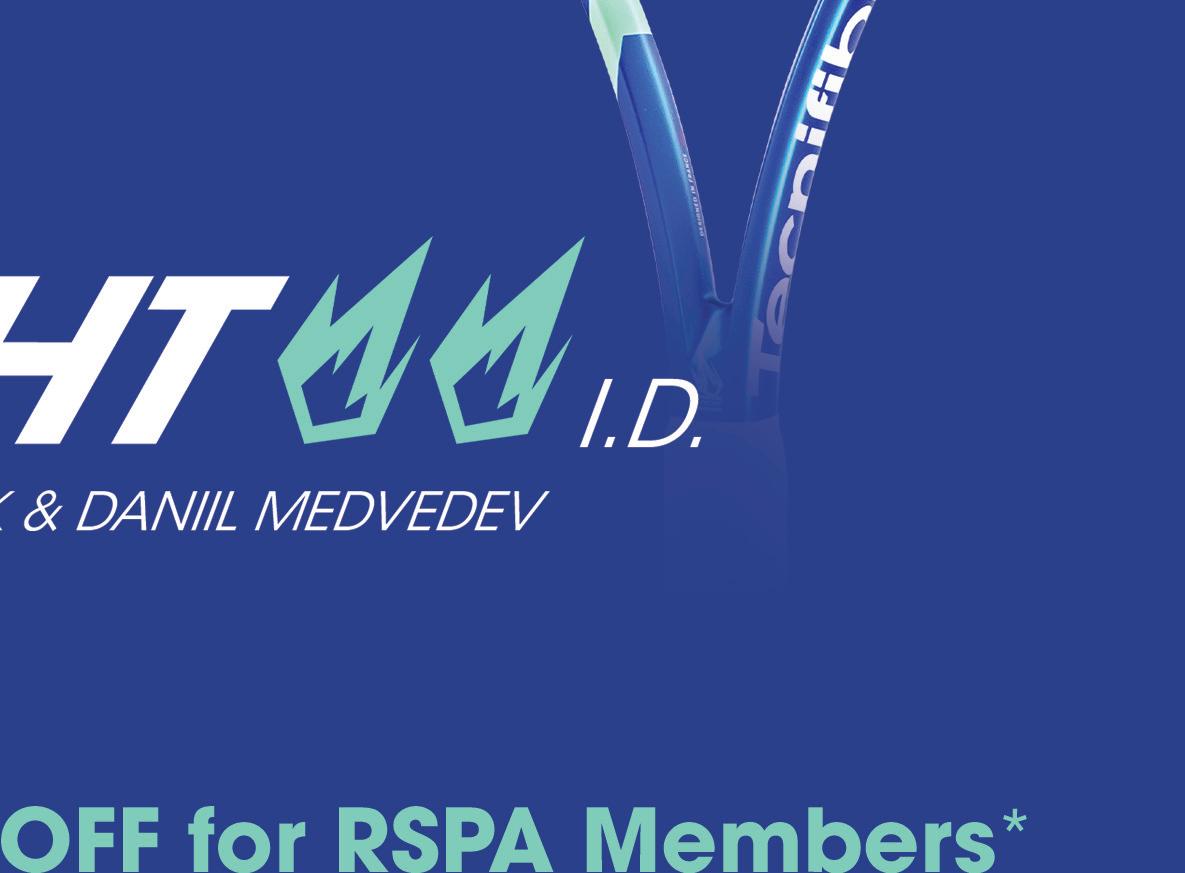




You or one of your students may suffer an unplanned, serious injury at some point. Understanding how to assemble a team to help correct the issue, heal and recover is an added service you can provide. The ideal team should include:
• A doctor to diagnose the issue and recommend treatment
• A physical therapist to support preand post-treatment range of motion and basic strength
• The coach to encourage the athlete and monitor progress
• The athlete to commit to strengthening the injured area and developing the mental aspects of performance It is important to understand the role of each team member so they can better assist the athlete and increase the odds of a better outcome.
Racquet sports demand agility, strength and endurance. While it offers numerous health benefits, it also poses the risk of various injuries, particularly to the musculoskeletal system.
The first step in addressing an injury is with a thorough initial evaluation that includes detailed history of the injury, including the mechanism of injury, symptom onset and any previous injuries. Physical examination typically involves assessing the affected area for tenderness, swelling, range of motion and strength. Diagnostic imaging
such as X-rays, MRI or ultrasound may be necessary to confirm the diagnosis and to rule out fractures or other severe injuries.
Some of the most frequent injuries in racquet sport include:
• Tennis Elbow (Lateral Epicondylitis): An overuse injury affecting the tendons on the outside of the elbow, causing pain and tenderness
• Rotator Cuff Tears: Injuries to the muscles and tendons that stabilize the shoulder, often resulting from repetitive overhead motions
• Ankle Sprains: Ligament injuries caused by sudden twists or turns, leading to pain, swelling and instability
• Achilles Tendinitis: Inflammation of the Achilles tendon due to overuse, characterized by pain and stiffness in the back of the ankle
• Stress Fractures: Small cracks in the bone caused by repetitive stress, commonly occurring in the lower limbs
Effective injury management involves a combination of rest, ice, compression and elevation (RICE). This approach helps reduce inflammation and pain in the acute phase of the injury. Nonsteroidal anti-inflammatory drugs (NSAIDs) may be prescribed to manage pain and inf1ammation. Modify or temporarily halt activities that exacerbate the injury to allow for proper healing.
A physical therapist will design a personalized rehabilitation program tailored to the specific injury and individual needs. The program typically includes exercises to improve flexibility, strength and endurance.
Non-surgical treatment options are often effective for many injuries and includes:
• Bracing and Taping - Braces and tapes can provide support and stability for the injured area, reducing strain on the affected tissues and preventing further injury.
• Corticosteroid Injections - For some inflammatory conditions, such as tennis elbow or rotator cuff tendinitis, corticosteroid injections can provide significant pain relief and reduce inflammation. However, these should be used judiciously, as repeated injections can weaken tendons and potentially lead to rupture.
• Platelet-Rich Plasma (PRP) Therapy - PRP therapy involves injecting a concentration of a patient’s own platelets into the injured area to promote healing. This treatment has shown promise in managing chronic tendinopathies and accelerating the healing process.
• Surgical Intervention - When conservative management fails to relieve symptoms or restore function, surgical intervention may be necessary. The decision for surgery is based on several factors, including the severity of the injury, the patient’s activity level and the response to non-surgical treatments.
Physical therapy becomes most important when surgical intervention is necessary. Maintaining range of motion and as much strength as possible will increase the odds of better result post-surgery.
The physical therapist’s main goal is to help the athlete return to or gain higher levels of function after an illness
or injury. They will evaluate strength, range of motion, balance and endurance and develop personalized treatment plans to help the athlete heal the affected areas, build muscle strength, and avoid further injury. According to a new study, physical therapy outperforms steroid injections and is more cost-effective.
Physical therapy is a cornerstone of recovery. Early engagement in physical therapy post-injury can expedite recovery, prevent complications and enhance the patient’s quality of life. The physical therapist can empower the athlete to regain strength, safely return to sports and decrease the risk for re-injury.
Physical therapists are movement experts. They improve quality of life through hands-on care, patient education and prescribed movement that improves the athlete’s balance and stability.
The doctor usually refers the athlete to the physical therapist; however, self-referral and directly contacting a physical therapist for an evaluation is also considered acceptable. Among the benefits of physical therapy are:
1. Significant reduction of recovery time by incorporating targeted exercises and therapy sessions.
2. Improvement of the overall quality of life by enhancing physical health and enabling a quicker return to daily activities.
3. Personalized treatment plans in physical therapy help minimize pain, reduce swelling and prevent further complications such as infections.
4. Ensuring an effective recovery pathway by monitoring progress and adjusting treatments as needed.
5. Physical therapy goes beyond physical rehabilitation, promoting improved functionality, reduced
discomfort and enhanced well-being in post-surgery care.
6. Engaging in physical therapy helps restore joint mobility and flexibility, which are critical components that are often compromised after surgery.
7. Physical therapy plays a significant role in scar tissue management, helping to reduce scar tissue formation, which can limit movement and cause discomfort.
8. Physical therapists provide invaluable education on body mechanics and posture, which can prevent future injuries and improve overall physical function.
9. The psychological benefits of physical therapy should not be overlooked; by actively participating in their recovery, patients often experience a boost in morale and motivation.
10. Physical therapy can also identify potential issues before they become serious, offering a proactive approach to health and minimizing the need for additional medical interventions.
The coach plays a crucial role in the healing, recovery and return of the athlete. Among the things that a coach can do during the process are:
• Encourage the athlete to use the recovery time to join a gym short term to maintain or strengthen the other areas of the body not affected by the injury.
• Work on joint stability muscles to help prevent other injuries.
• Physical activity post-rest or post-surgery becomes more important as the athlete gets older.
• Recommend that athletes work on the mental aspects of their games during the recovery period. Reading books and watching matches are great ways to learn how other athletes become better at their sport.
As the athlete starts to come back to the court, coaches can assist by watching for differences in how the athlete moves trying to minimize re-injuries due to any change in how the joint
functions.
The athlete is ultimately the one responsible for their healing and recovery. They are responsible for following the orders and recommendations of the team members to build strength in the injured area, getting back in shape and preventing further injury. They are the only ones who can listen to their bodies and control the speed of their recovery. The athlete is also in charge of their own mental, psychological and emotional health.
Understanding that an older athlete takes a little bit more time for recovery is also crucial, as well as the limitations that individual bodies have. With an entire team working together, the odds of the best outcome within the shortest recovery time greatly increases.
The whole team’s goal and objective is to get the athlete back to playing and enjoying their chosen racquet sport after their recovery from the injury. A secondary objective is to prevent further injury and/or cause new ones. Each member of the team, working separately but together for the common goal.
Whether you’re managing tennis, pickleball, or padel courts, one thing remains consistent—the need for professional-grade windscreens that enhance play, reduce distractions and hold up under pressure. That’s where Aer-Flo Sports delivers.
As the Official Windscreen Provider of the Racquet Sports Professional Association (RSPA), Aer-Flo is known for setting the industry standard in durability, design and value.

Aer-Flo’s flagship TUFFY® Windscreen is designed to perform in even the most demanding court environments. Made from exclusive VIPOL® Matrix fabric, TUFFY® is virtually tear-proof and built with over 50% more microfibers than standard screens. Reinforced edging and brass grommets every 12 inches ensure strength across the entire length.
It’s the only windscreen finished with double-needle lock stitching, eliminating the frayed edges and unraveling commonly seen in lesser products.
From high school programs to resorts and pro-level training facilities, TUFFY® is trusted nationwide for its clean finish, durability and ease of installation.
With Aer-Flo’s CHROMA-BOND® printing technology, your screen becomes part of your brand. Choose from 23 colors and customize with school logos, sponsor recognition, or bold facility branding. Whether you prefer a sleek, distractionfree background or a vibrant, full-color design, TUFFY® adapts to your needs without compromising performance.
• Built to Last: Reinforced stitching and tear-proof materials.
• Fade-Resistant: UV protection keeps your screens looking sharp.
• Customizable: Match team colors or add logos with ease.
• Polished & Private: Reduces distractions and adds a clean, professional appearance.
• All-Weather Tough: Reliable performance in heat, cold, wind and rain.
Proudly Made in the USA
In 2023, Aer-Flo opened its 100,000 sq. ft. manufacturing facility in Lincoln, Alabama, allowing for better production control, faster lead times and unmatched quality assurance. From this hub, Aer-Flo serves a broad customer base—from NFL teams and Major League Baseball to community courts, schools and universities.
Whether you’re upgrading existing courts or outfitting a new facility, Aer-Flo provides the tools you need to create a better experience for athletes and spectators alike.
Let’s Talk About Your Court
Not all windscreens are created equal. If you’re ready to upgrade, Aer-Flo Sports and TUFFY® Windscreen offer unmatched protection, brand presence and long-term value.
Reach out today to your local dealer or visit www.aerflosports.com to learn more. Because when your screen performs better—so can your players.



Virtually tear-proof and UV-resistant, TUFFY® is the only windscreen finished with double-needle lock stitching to prevent unraveling. Made from our exclusive VIPOL® Matrix, it offers unmatched durability — ideal for courts, fields, and fence lines. TUFFY holds strong with reinforced edging and brass grommets every 12 inches. Add your team colors or bold graphics with our CHROMA-BOND® printing.
Trusted by schools, parks, and pro facilities nationwide. Make the Tough Choice. Choose TUFFY. Get a quote today.
Built to Last: Virtually tear-proof with reinforced stitching and grommets.
Fade-Resistant: Superior UV protection keeps colors vibrant.
Customizable: Add team colors or logos with CHROMA-BOND® printing.
Clean & Private: Creates a polished look while blocking distractions.
All-Weather Tough: Performs in heat, cold, wind, and rain without breaking down.




Liability insurance is something that no person ever hopes to need to use but is glad to have in case of any accidents. One of the most valuable member benefits that the Racquet Sports Professionals Association offers its certified members is a $6 million personal on-court insurance policy. With this policy, members are covered, while on court, against any instances of bodily injury to another player, and for damage to property not in the professional’s care, custody or control. It does not cover injury to the professional or damage to his/her property. This policy covers tennis professional, pickleball, padel and platform tennis applicants, along with certified members at all levels. An active and qualifying member’s insurance verification letter can be found at documents.rspa.net.
Not only do members receive personal coverage, but they also have the opportunity to purchase a variety of additional insurance policies! Our most commonly purchased policy is the “additional facility insurance’ coverage. This policy extends your personal policy to any facility, club, school, HOA, etc. and covers them for up to $6 million in any claims filed against them. This is something that most entities request from the member, so it is recommended that you check with your “facility” before purchasing this coverage to avoid spending money on a policy that is not needed. This coverage can be purchased by certified tennis instructions, professional tennis applicants, all other racquet
President. Trish Faulkner
First Vice President Mark Faber
Vice Presidents Jason Gilbert, Jenny Gray, Kevin Theos, Milos Vasovic
Immediate Past President Rich Slivocka
CEO

sport applicants and certified members in all sports and at all levels!
Second to this is the non-member teaching assistant policy. This insurance policy gives a certified professional the ability to add a non-member staff assistant to the liability policy that is provided to them by the RSPA. The assistant must be at least 18 years of age and the policy is active only so long as the certified member is on court or on the premises while the assistant is teaching. The policy is void when the certified professional leaves the facility. This is a great option for members who, for example, run summer camps and have local college students assisting them for a couple of hours a day. Only certified tennis professionals and certified members in all other racquet sports are able to purchase this coverage. Neither applicants nor certified tennis instructors can receive this policy.
Finally, an additional insurance policy that our team has seen an increasing need for from our members is the sexual abuse and molestation insurance. This policy protects members against claims of sexual harassment or misconduct. Anyone who purchases this coverage must first complete an extensive course through one of our partnering organizations, along with a background check that runs the person’s information through the National Sex Offender registry. The Safe

Play course and background check do not substitute for these requirements. This policy covers professional tennis, pickleball, padel and platform tennis applicants, along with certified members at all levels.
Insurance can be a complex topic, so please do not hesitate to reach out to our incredible membership team with any questions about what additional policies you qualify for, which coverage may or may not be necessary to purchase, or if you need assistance in ordering any additional insurance. Send an email to insurance@rspa.net or give us a call at 407-634-3050, option 2, and our team will gladly assist!